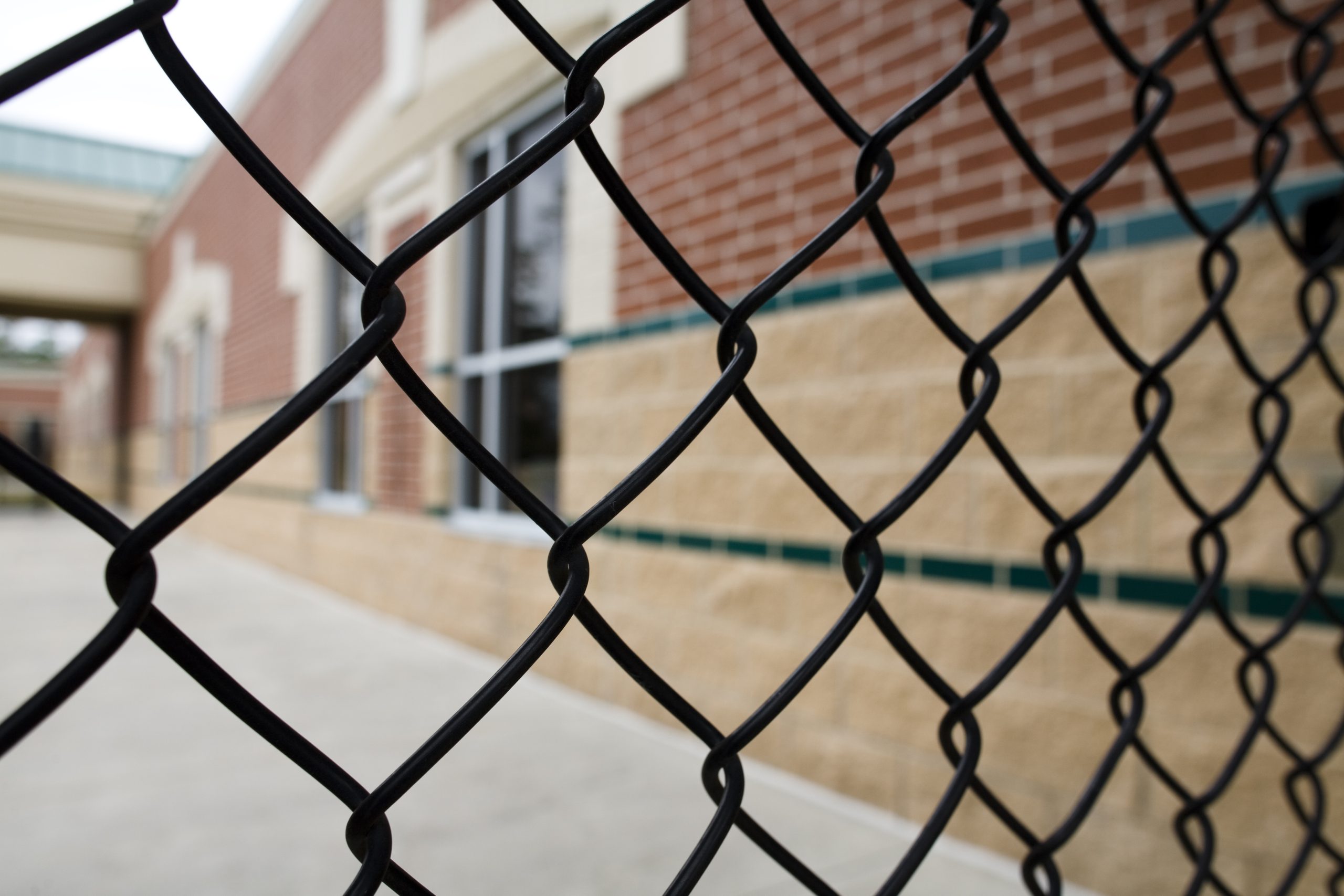The good news: Schools are reporting less violent crime and drug use across most grade levels. The bad news: Availability of vital student supports has declined as well — a troubling finding given the continued need among young people still recovering mentally and emotionally from disruptions during the pandemic.
The latest data come from the National Center for Education Statistics’ (NCES) School Survey on Crime and Safety, a nationally representative survey of about 4,800 public K-12 schools. The study was conducted from Feb. 15 to July 19 of 2022, as the American Academy of Pediatricians, the U.S. Surgeon General and other officials warned that rising rates of depression, anxiety and other new or exasperated mental health problems among child and adolescent had become a public health emergency.
“These critically important data reveal some of the challenges public schools face in keeping the focus on teaching and learning, such as violence, drug use, and bullying,” NCES Commissioner Peggy G. Carr said in a statement. “At the same time, we gain insights into ways public schools are stepping up with supports beyond academics, such as the finding that nine in 10 public schools increased social and emotional supports for students.”
Key findings
School violence and crime
- Sixty-seven percent of public schools reported a violent crime such as a fight on campus in 2021–22, down from 71 percent in 2017–18, but 3 percent of public schools reported hate crimes in 2022 — a 1 percentage point-increase from the prior two years.
- Nonviolent crime like theft or drug possession fell 6 percentage points during the same period, as did violent crime across elementary and high schools, but 90 percent of middle schools reported at least one violent incident in 2021–22.
- High schools reported fewer criminal incidents in 2021–22 compared to 2017–18, particularly for drug offenses. About 71 percent of high schools reported at least one incident of distribution, possession or use of illegal drugs in 2021–22 — a significant drop when compared with 2017–18 (76 percent) and 2019–20 (77 percent).
- The two factors most often reported as limiting efforts in schools to reduce or prevent crime “in a major way” were a lack of or inadequate alternative placements or programs for disruptive students (30 percent) and inadequate funding (27 percent).
Bullying, online and in person
- Middle schools were significantly more likely than other schools to report at least weekly bullying incidents compared to other grade levels — 28 percent reported bullying and 37 percent reported cyberbullying.
- 15 percent of high schools and 10 percent of elementary schools reported bullying on campus taking place at least once per week in 2021–22, with cyberbullying at or away from school on a weekly basis reported at 25 percent of high schools and 6 percent of elementary schools.
- In 2021–22, 87 percent of elementary schools, 77 percent middle schools, 70 percent of schools with other grades combined and 43 percent of high schools reported having policies that prohibited the nonacademic use of cellphones in school.
Supports for students
- 59 percent of public schools said they engaged in restorative practices with their students in 2021–22, a drastic increase from 42 percent in 2017–18.
- About 90 percent of schools offered individual mentoring, tutoring or coaching of students by adults.
- 49 percent of schools provided diagnostic mental health assessments in 2021–22 to evaluate students for mental health disorders, down from 55 percent in 2019–20. A similar decline was found in the percentage of schools that reported providing treatment to students for mental health disorders — 38 percent in 2021–22 compared to 42 percent in 2019–20.
Safety and security practices
- About 46 percent of traditional public schools in 2021–22 had school resource officers, while 25 percent reported having security officers or security personnel.
- 92 percent of schools said they had a formal plan to prepare for and respond to multi-country or worldwide pandemic disease during the 2021–22 school year. Additionally, schools had written plans describing the procedures to be performed in various other crisis scenarios including active shooters (96 percent), natural disasters (96 percent), suicide threats or incidents (94 percent) and bomb threats (92 percent).





